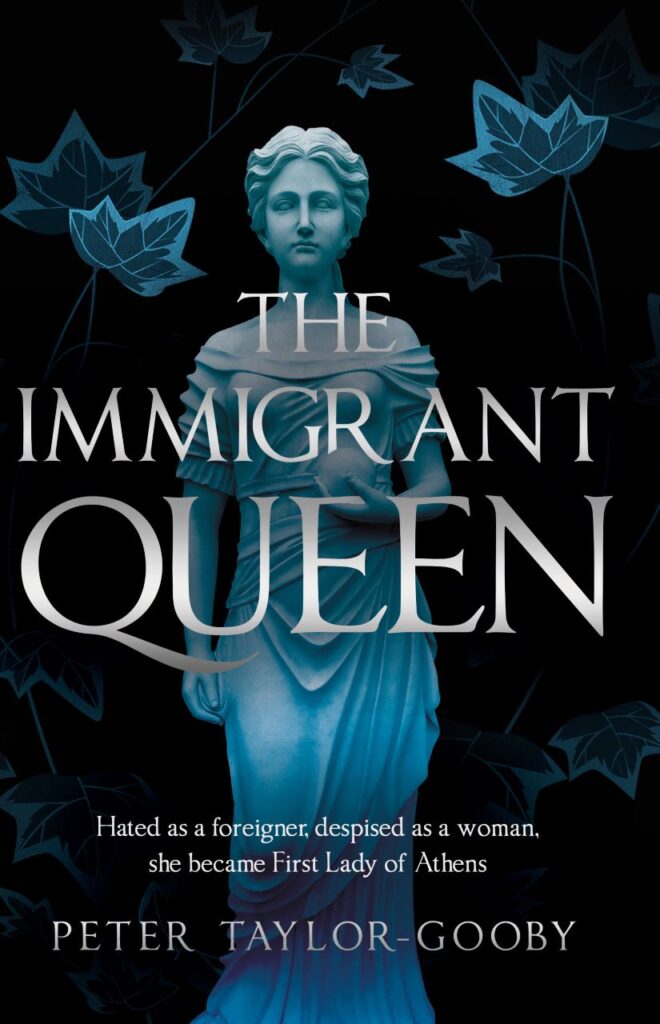WSP Masterclass Series 2013: 2: Pat Barker on the ‘deepest drives’
Richard Lee, Helen Boyd, Kate Braithwaite
The Walter Scott Prize shortlisted authors are at the pinnacle of contemporary literary historical fiction. We have asked each of them how they approach language in their writing. The resulting series of articles is a masterclass for aspiring writers and critics of this form of the novel.
 HNS: In what ways do you use language to make your stories authentic to period and place, while still engaging the modern reader?
HNS: In what ways do you use language to make your stories authentic to period and place, while still engaging the modern reader?
PB: Obviously I try to avoid anachronistic expressions which is more difficult that one might think. The language of computer programming is so intrinsic to our understanding of ourselves that its embedded in a vast range of figurative expressions and is sometimes not immediately obvious. I avoid writing in the kind of slang my characters would have used because it dares and alienates them from the modern reader. I avoid the facetious humour very fashionable at the time of the First World War which was partly an attempt to gloss over traumatic experiences, for the same reason. It makes the characters seem more foreign to us than they actually are.
HNS: With dialogue, what research or inspiration enables you to ‘make the dead speak’?
PB: With real characters its sometimes possible to use their actual recorded speech. Otherwise its no more difficult than writing contemporary dialogue.
HNS: How do you ensure your characters appeal to modern readers when humour, beliefs and attitudes may be very different today?
PB: My characters are very often afraid for their lives, in love, (or in lust), or doubting their own beliefs or motives, suffering conflicts of loyalties – all of which contemporary readers can relate to. One of the great strengths of historical fiction is that the author is obliged to focus on the deepest drives and emotions of human nature. This may be one reason why historical novels don’t date in the way some contemporary fiction does. The preoccupations of ten or fifteen or even five years ago can sometimes seem almost incomprehensible when one returns to work that was sharply contemporary on first reading.
HNS: What sorts of emotions or reactions do you consciously leave unguided for the reader? Is there any specific scene where you have shown this restraint?
PB: I tend to leave the sexuality of real life characters to the reader’s imagination. The whole of Regeneration is full of scenes where the erotic feelings remain unspoken.
HNS: What drew you to this particular story, this particular time?
PB: I was drawn to the first world war because it provides an area in which issues of identity, of trauma and recovery and a radical questioning of sex roles can be explored.
HNS: What other historical novelists do you read and enjoy?
PB: A great many, notably Mantel, Tremain, Keneally. I also very much admire the detective stories of C.J. Sansom.
Catch up with the rest of our articles on the Walter Scott Prize 2013 here, or read our series on the WSP 2012 here, or follow the Borders Book Festival coverage of the award here.








